'Texas is turning blue, but it's turning blue slowly'
Sierra Juarez Texas
Beto O’Rourke, Wendy Davis, Hillary Clinton, Bernie Sanders. All of them — or at the very least their campaign supporters — swore to turn Texas blue. That’s not unique. For the last two decades, Democrats have vowed to flip the state, and leading up to Super Tuesday, liberals are once again promising success.
A University of Texas and Texas Tribune poll released in February showed Sanders placing first in the state among Democrats with about 24 per cent of the vote. Behind him is former Vice President Joe Biden with 22 per cent. Although the poll was released before moderate candidates Pete Buttigieg and Amy Klobuchar dropped out and threw their support behind Biden, bets are still on Sanders.
With Sanders projected as the favored Democratic candidate, some are wondering: Is 2020 the year Texas actually turns blue? Surely, they say, a democratic socialist advocating for Medicare for All in the lead means the state is more liberal than most might think.
They’re right in some ways, but the reality is that even if Sanders sweeps up the most votes in Texas and later becomes the Democratic nominee for president, he will almost certainly lose to President Donald Trump in the state when the general elections roll around.
“I think there tends to be an over-interpretation of primary results and general election performance. There’s really not much of a link here in Texas,” said Joshua Blank, the manager of polling and research at UT’s Texas Politics Project. “It’s not like we’re going to wake up on Wednesday morning and Texas is going to be blue. It doesn’t work that way.”
The Texas Democratic Party disagrees. As evidence, the party points to 2018, when Democrats won huge victories in the midterm elections. Communication director Abhi Rahman said issues like the border wall have mobilized Texans.
“[Donald Trump] wants to take away Texans’ land and build a border wall, and Texans don’t like that,” Rahman said. “That’s why his approval rating is so much lower in Texas than in other battleground states, and that’s why we’re going to beat him in 2020, no matter who the candidate is.”
One of the things propping up Sanders for Super Tuesday is his active base, even in Southern states, Texas political expert Cal Jillson of Southern Methodist University told me.
“He just narrowly lost the nomination in 2016, so [he has] all of that experience, all of that fundraising expertise, all of the volunteers, all of the Bernie Bros, and others who were waiting for the return of Bernie,” Jillson said.
Sanders also performed well with Hispanic voters. And in a state like Texas that’s growing at the rate of nine Hispanic residents for every white resident, Sanders may have fertile territory to get ahead.
The Vermont Senator also owes thanks to the moderate Democratic candidates who divided the field. Their voters have been split between several choices. To put it bluntly – and very Texan – votes for moderates like Michael Bloomberg are “coming out of Biden’s hide,” as Jillson puts it. The divided playing field is making Sanders look more successful in Texas than he actually is.
So despite the Democratic Party’s gusto, political experts say they shouldn’t get their hopes up just yet. In Texas, Trump still out-polls all of the potential Democratic nominees, including Sanders, sometimes by as much as 10 points.
It comes down to the fact that Sanders is too left-leaning for most of the state. Political analysts don’t imagine him doing well with some voters like white suburban women.
“Everything we know about the policy preferences of Texas voters would suggest that Bernie Sanders is notably to the left of the median Texas voter,” Rice University political scientist Mark P Jones says.
While a potential Sanders win and a high Democratic turnout could make for international headlines about Texas turning blue, the results won’t be exactly what people think. Texas is not the new California or New York.
“Texas is turning blue, but it’s turning blue slowly,” Jillson says.
What people should keep their eyes on is how Sanders will stack up in comparison to Trump in November if he wins the nomination. That’s the national race that will expose whether conservatives are really losing ground in Texas. As of now, all of this support for Bernie might not turn Texas blue. But keep an eye out: there’s a chance the state could swing purple one day.

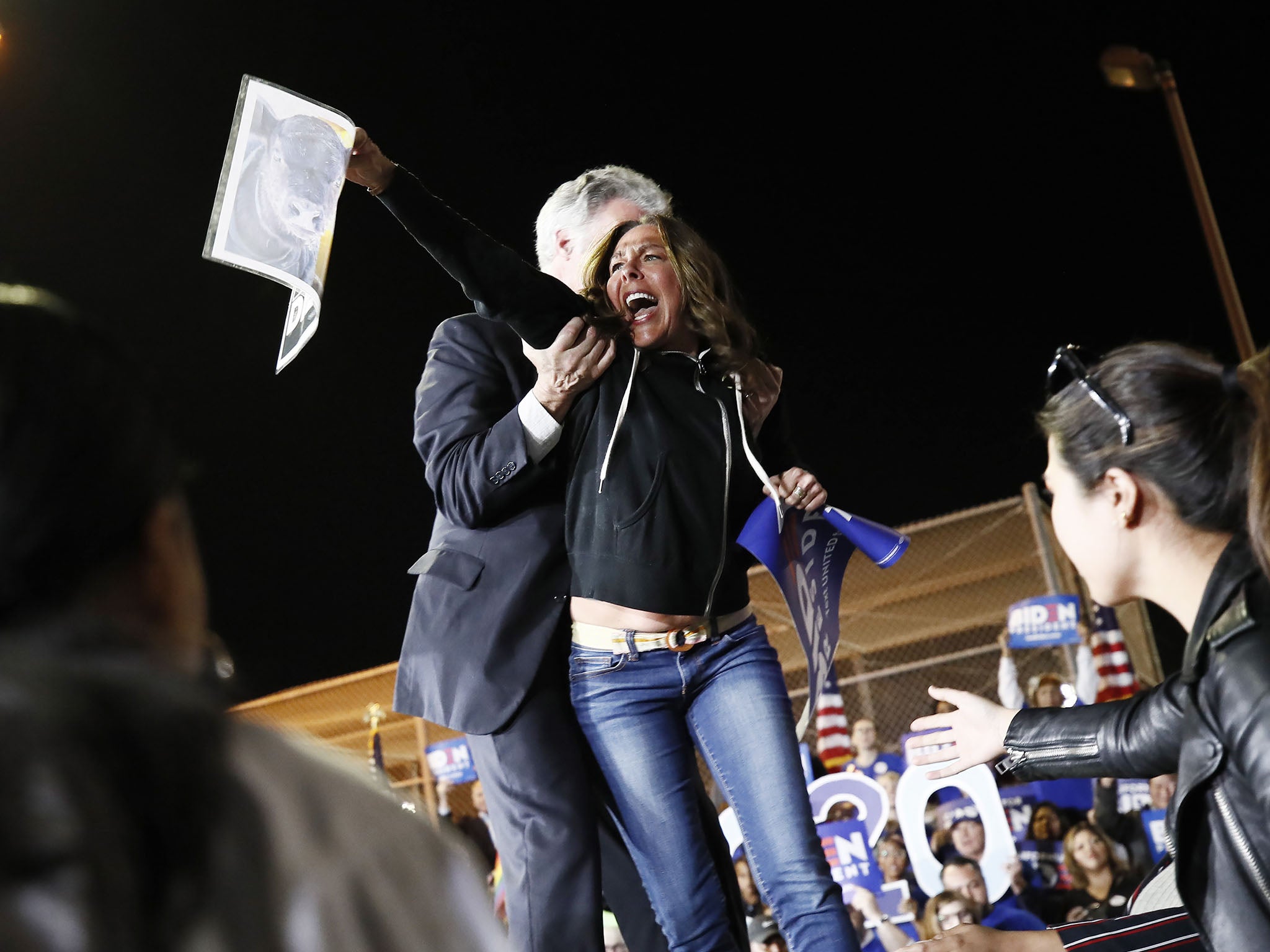
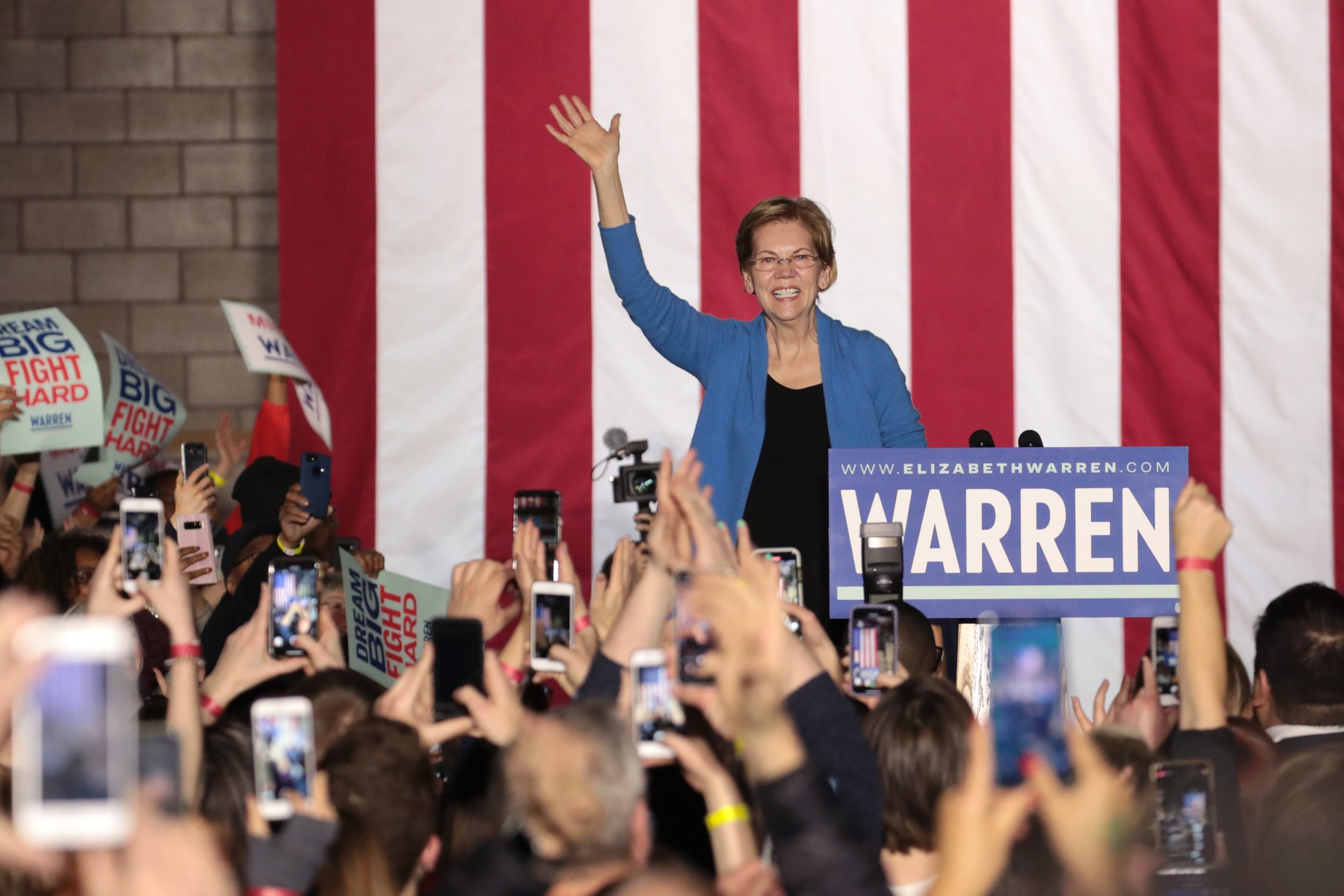

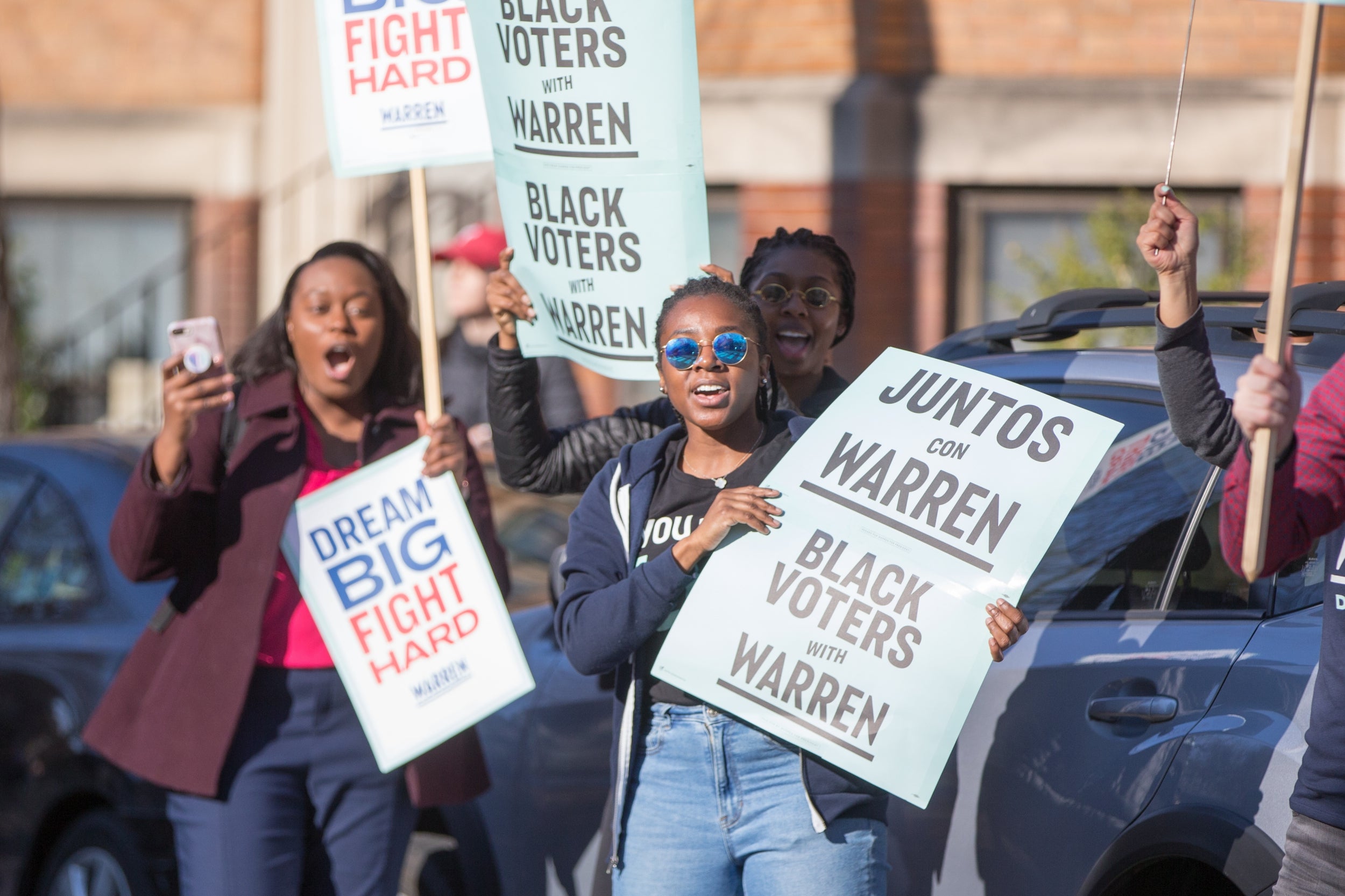
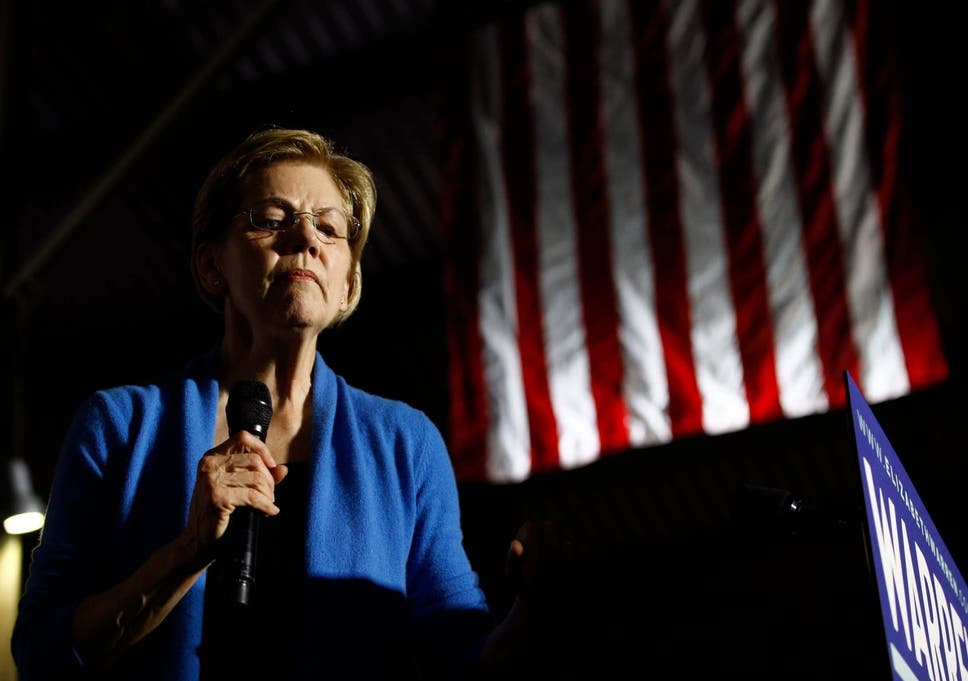
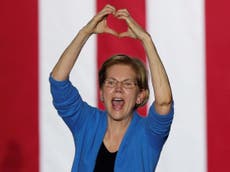
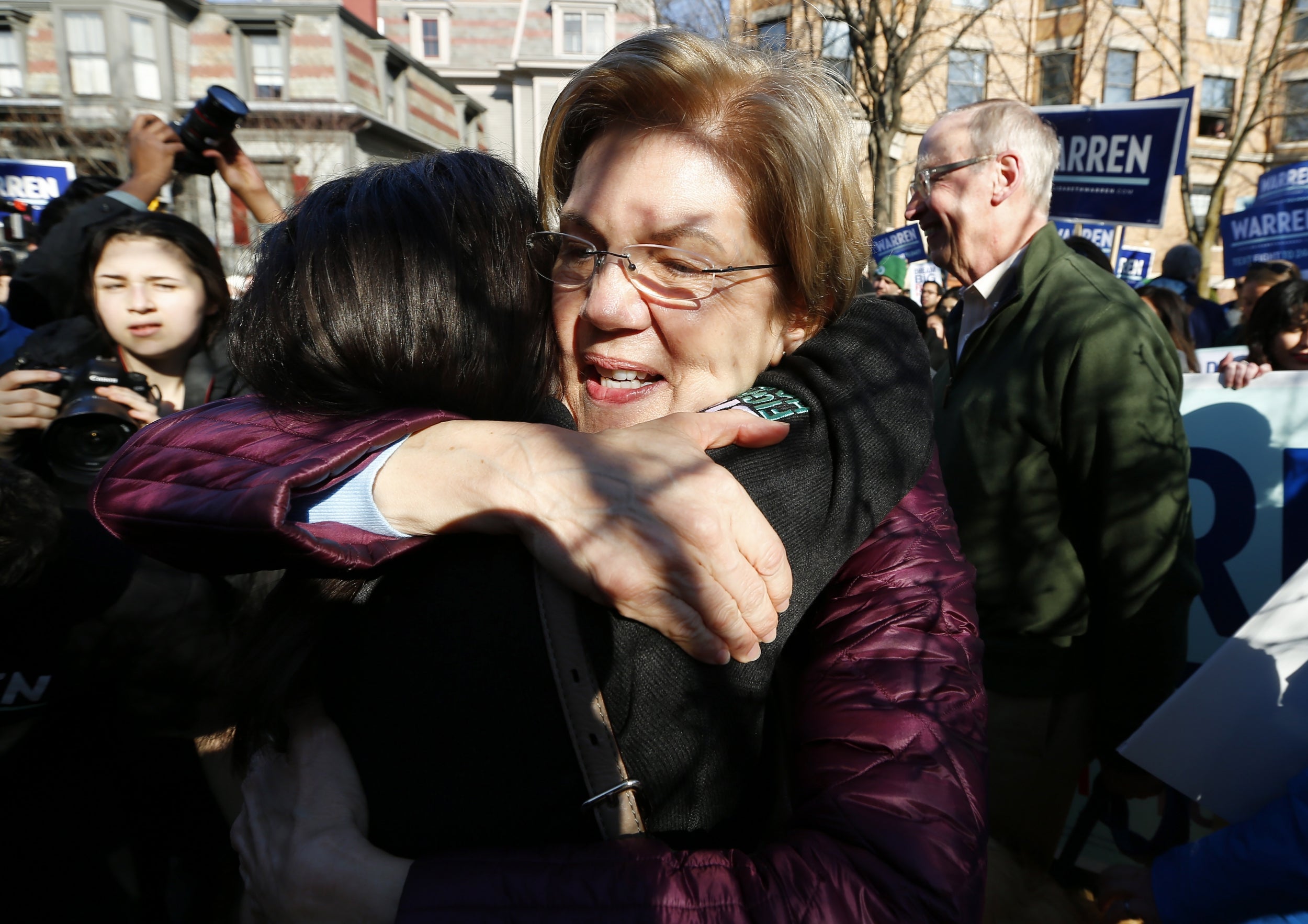


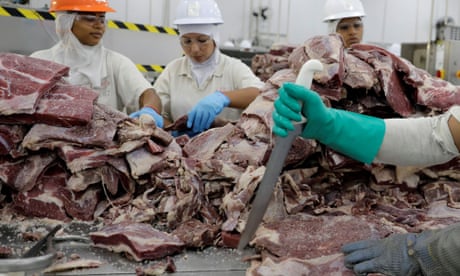
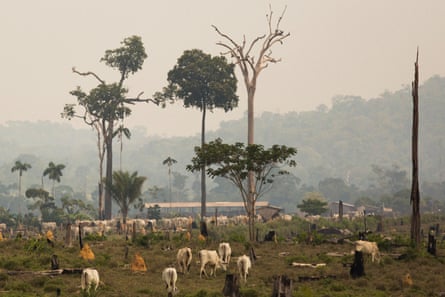
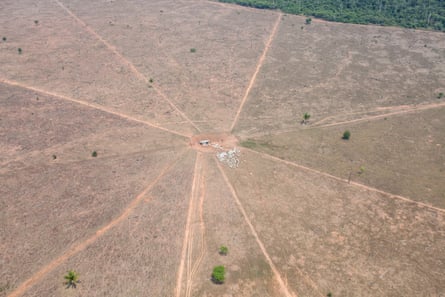
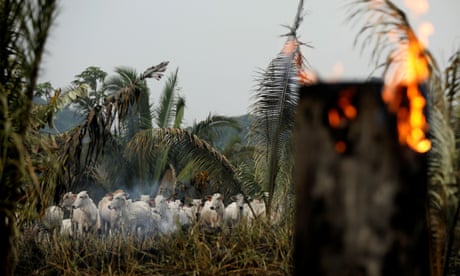
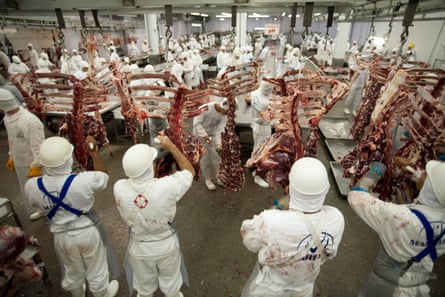
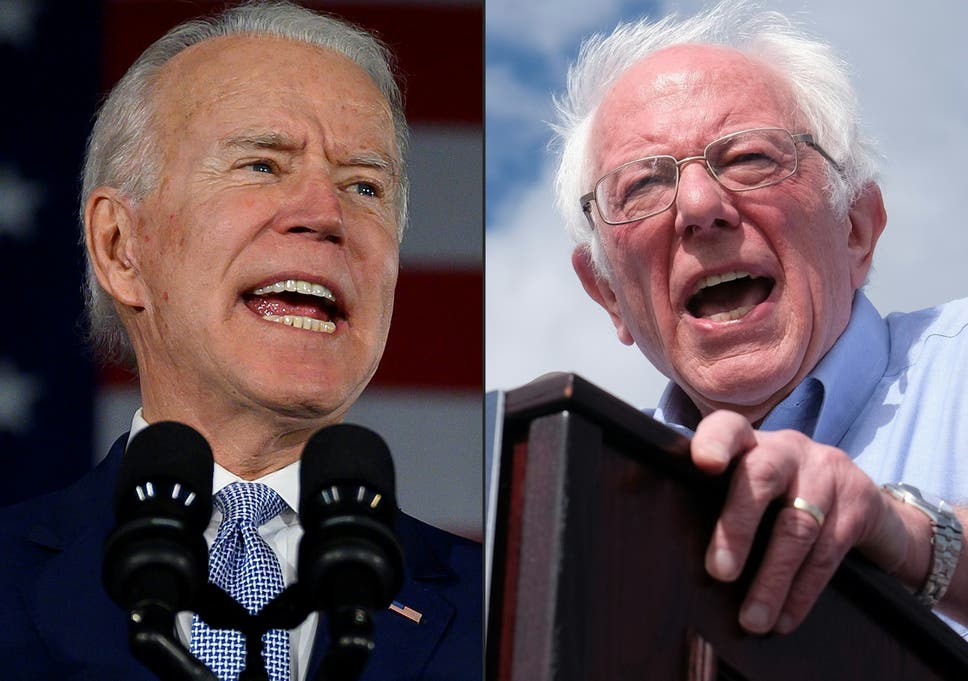
/cdn.vox-cdn.com/uploads/chorus_image/image/66423385/2020022916203838__1530825927298140512_BCK_2536.0.jpg)
/cdn.vox-cdn.com/uploads/chorus_image/image/66398437/1207542966.jpg.0.jpg)
/cdn.vox-cdn.com/uploads/chorus_image/image/66430356/Transit_Cargo1.0.jpg) The standard Transit cargo van. Image: Ford
The standard Transit cargo van. Image: Ford:no_upscale()/cdn.vox-cdn.com/uploads/chorus_asset/file/19765374/CHUB01073_TransitArt_SP_C04_16x9_4_.jpg)
/cdn.vox-cdn.com/uploads/chorus_image/image/66427879/nikola_tre1.0.jpg)
/cdn.vox-cdn.com/uploads/chorus_image/image/66429659/1204218269.jpg.0.jpg)